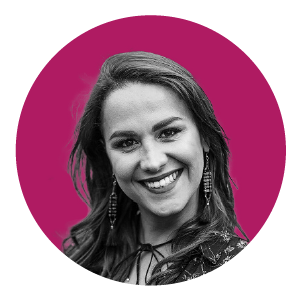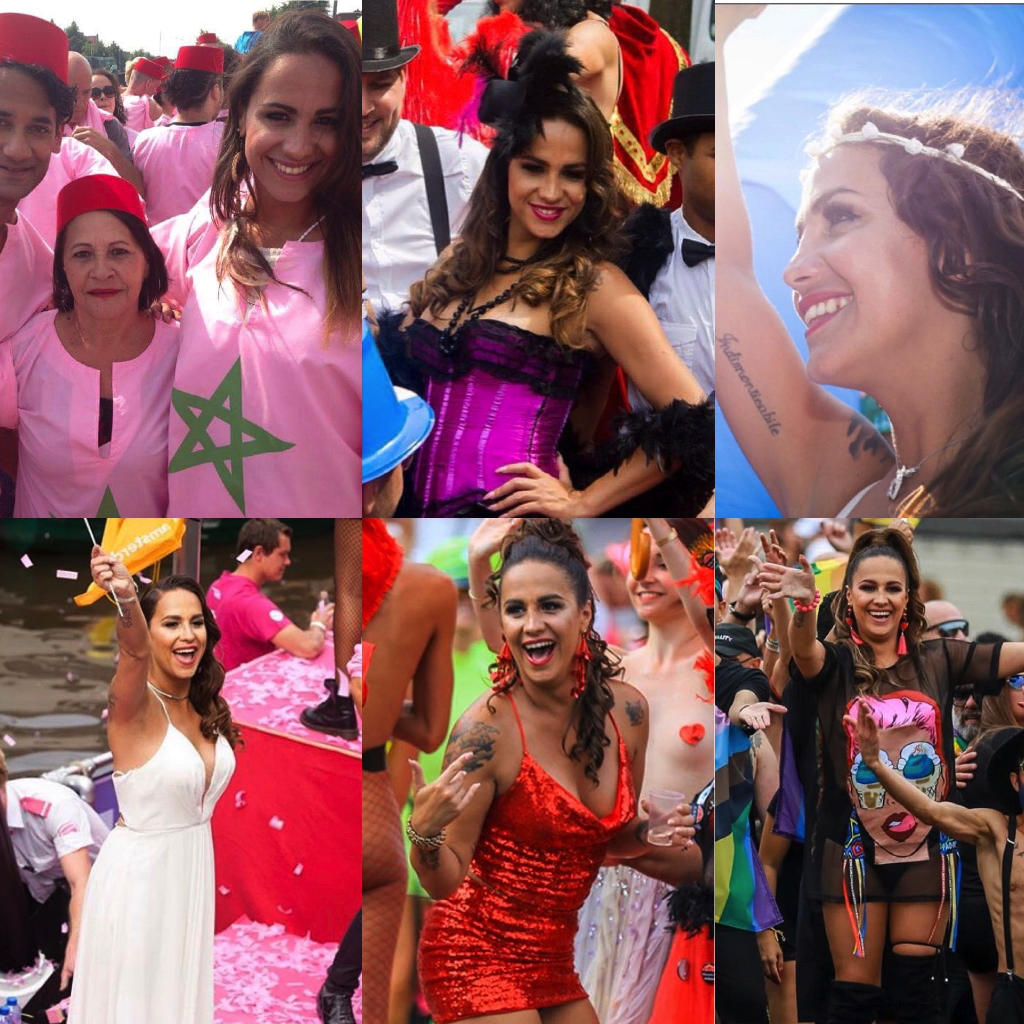
According to Ana Paula
This year we celebrate the 25th anniversary of Amsterdam Pride.
I think it’s a very positive development that in recent decades more and more media, influencers and big brands have genuinely engaged with Pride and are putting discrimination issues forward to their own supporters. Pride allows the lhbtiq+ community to raise awareness and to inspire a wide audience.
To me, Pride is above all a tribute to the lives that we lose every single day as a result of homophobia and transphobia. These people should not be forgotten.
Pride has played an important role in my personal life.
I was born and raised in a city where the world’s biggest Pride is celebrated: São Paulo, Brazil. In 1997, the first Pride took place there and I was present. That’s a day I will never forget. I was fourteen years old and didn’t know the difference between gender identity and sexuality. Everyone who took part in the Pride was ‘gay’, and a common acronym I heard was ‘gls’ (gays, lesbians and simpatizantes). There was a lack of accurate information for and about transgender people. There was also a lot of ignorance about aids. As a result, trans persons were seen as ‘sex objects and virus carriers’. The only image I had in mind were the drug-addicted prostitutes in the one street close to my house. They were ‘criminals’.
Around the age of fourteen, all sorts of feelings started to develop within me and I could no longer ignore the fact that I was ‘different’. The environment I grew up in was very religious and sexist. So this self-discovery scared and confused me, but at the same time it made me very curious. I knew an openly gay boy in my neighbourhood and had the courage to go and talk to him about all the feelings I had. He then invited me to a place where lhbtiq people came together. From there, I met a group of young people who, like me, were searching for their own identity. Everyone was still underage. Some of them behaved ‘gender non-conform’ and one of them was wearing make-up. I strongly identified with this whole female expression. From the moment I saw that up close, I wanted to use make-up too.
Soon we were like a family and we did a lot of things together. We met after school, went out in bars and discos where queer people met, and that’s how we ended up in that very first Pride together.
I was super excited to be part of the parade on Avenida Paulista with my friends, but also scared that my family would find out I was there. None of us were out of the closet yet. I was also still searching for my identity, the ‘classification gay’ didn’t entirely fit me.
It turned out to be the first time I met a trans woman. She was young, seventeen years old, and the moment I saw her I felt like I was looking into a mirror. I expressed my admiration – mixed with surprise – at her beauty. She explained that she was taking hormones and also told me where I could buy these medicines without a prescription. It was a revealing conversation. She taught me that everything I had heard about transgender people was false.
I can’t describe how happy I was. From that day on, I have never cut my hair short again and I live as a woman. Meeting people at Pride got me realising that I could be myself and that I wasn’t alone.
The time that followed definitely wasn’t easy, I had to fight for myself. But this has made me a very strong person.
For me, the lhbtiq-Pride is a symbol of Pride, love, empowerment, strength and a lot of struggle. It symbolises visibility and means survival.
Happy birthday Amsterdam Pride!
Viva o Pride!

